Occupational Hearing Loss
For some of us, the biggest threat to our hearing might occur where we spend the majority of our time: at work.
What is occupational health?
Occupational health seeks to promote and maintain the health and wellbeing of employees, with the aim of ensuring a positive relationship between an employee's work and health. Protecting employees and developing a healthy workplace culture will contribute to an organisation's overall success.
Hearing Loss at Work
Hearing loss can occur when workers are exposed to chronic loud noise. Banging, clanking, pounding, drilling, and other noises in the workplace are considered hazardous when it reaches 85 decibels or higher. High noise levels can also interfere with communications in the workplace. This can lead to an increased risk of accidents and be a source of stress.
Some of the most important jobs are done in the noisiest workplaces; airport runway marshallers, construction workers, dentists, musicians, factory farm employees, and bartenders are constantly subjected to dangerous levels of noise while they are working. In the United States, there are more than 200,000 new cases every year of labourers with hearing loss, many of which are permanent (Occupational Hearing Loss (OHL) Surveillance | NIOSH | CDC). It is important to remember that the louder the noise, the shorter your exposure should be. However, many workers are exposed to the noise for 40 hours per week. In order to protect yourself and your hearing, there are actions that must be taken to prevent damage before it's too late.
Hearing Protection
Your employer should provide you with the necessary ear protection. This could be earplugs, earmuffs, or canal caps, which cover the entrance to the ear canal. Most of these can be purchased over the counter and provide excellent protection, but there is also the option to order custom-fit earplugs for enhanced comfort.
Layout of Workplace
It may be difficult to limit your exposure to noise, but adjusting your proximity may help.
Place a barrier between you and the noise, such as a soundproof wall
Station your work area as far away from the noise as possible
If you must work close to the noise, reduce your time there as much as possible
Quiet Areas for Breaks
Take frequent breaks away from noisy areas to rest your ears, either outside or in quiet rooms. While on breaks, be conscious of any increased hearing difficulties or ringing in your ears.
Awareness
The most important step is to be aware of the conditions in your workplace and decide whether further action is needed.
If you must raise your voice to speak with someone at arm's length, then the noise is likely at a hazardous level.
You can check the noise level using a sound level meter app on your phone, such as the NIOSH Sound Level Meter app.
Ask a supervisor to check the noise levels in your workplace, making sure they are below 85dBA.
Because of necessary tools, vehicles, or music, it can be difficult to limit your exposure to hazardous noise on the job. Luckily, permanent hearing loss in the workplace can be prevented, making it crucial to be educated on risk factors and mitigation methods.
